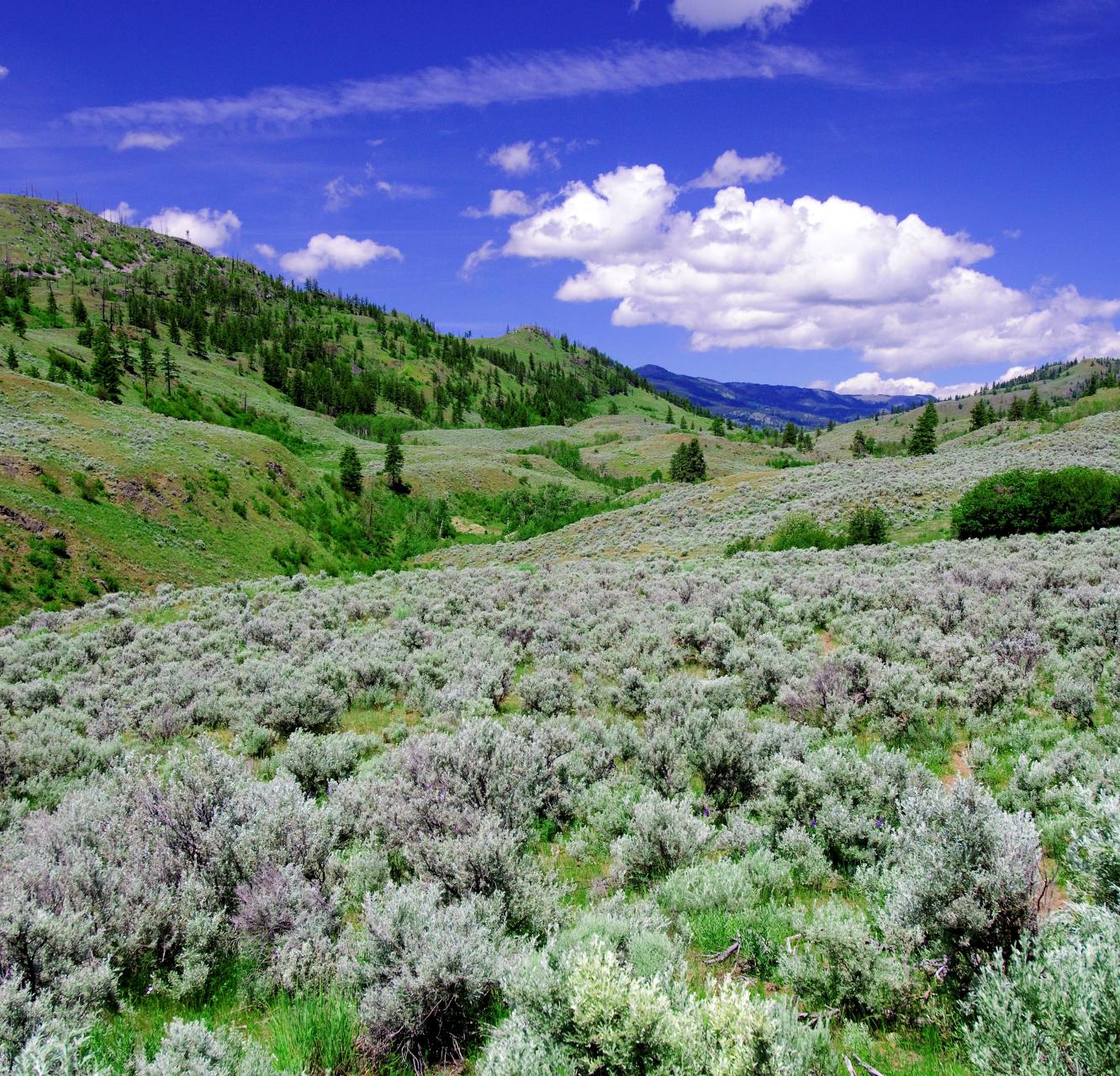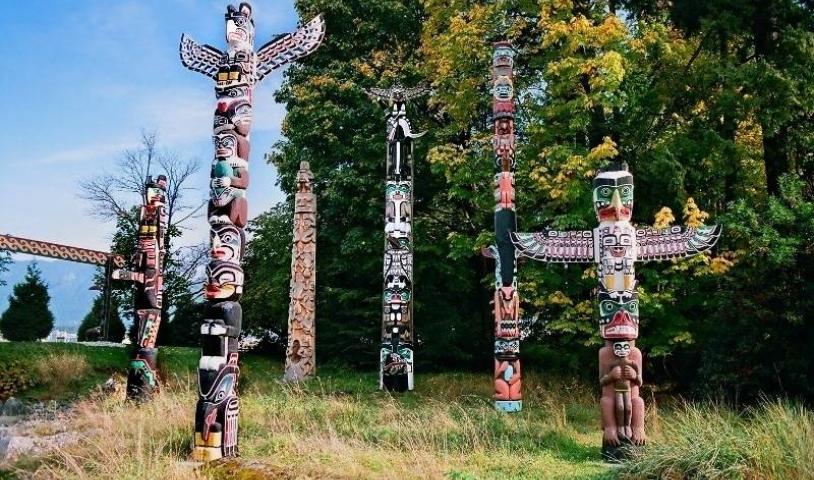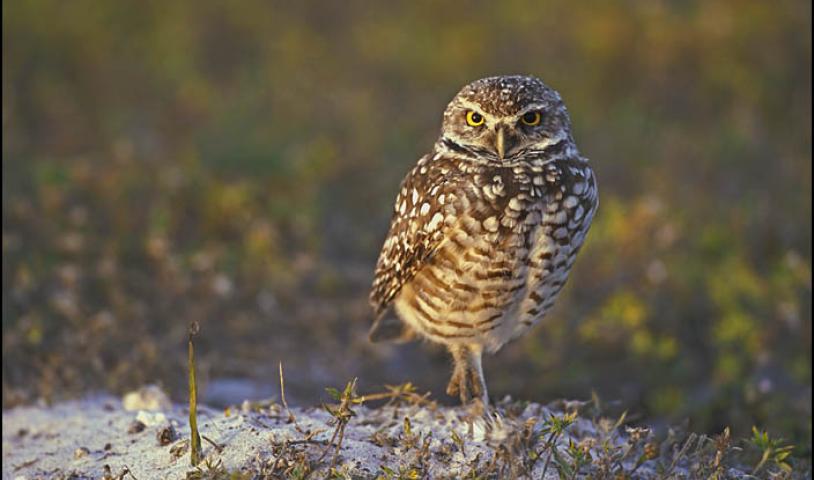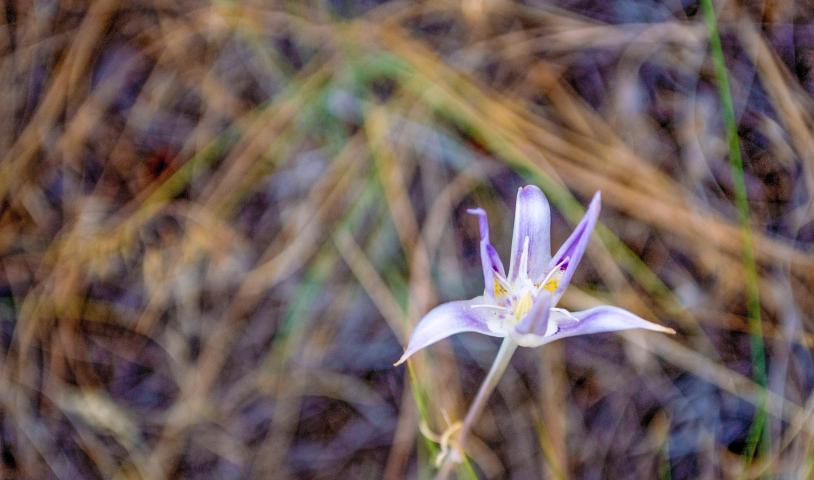South Okanagan: When a national park is seen as a threat to a landscape
Monday, September 1, 2014
The south Okanagan is one of the most uniquely beautiful regions in British Columbia. Postcard-perfect lakes. Lush green vineyards. A desert-like landscape scattered with wheatgrass and sagebrush, hillsides blanketed with balsamroots and prickly pear cactuses. And it all supports one of the most important ecosystems in North America.
There is no other place like it in the country. Nearly 60 federally listed endangered species call the area home – 11 per cent of all the threatened species in the country. It is for this reason that Parks Canada considered it important enough to protect. Seven years ago the federal agency rolled out its vision to designate a large chunk of the region as a national park.
While the plan was supported by many, it was panned by hunters and ranchers who felt it would encroach on their livelihood and way of life. They erected large, No Park signs along a main highway in the area, creating the impression that there was zero backing for the idea. Eventually, the agency retreated from its original dream of creating a 600-square-kilometre park and suggested one half the size, forfeiting a huge chunk of land apparently enjoyed by the hunting crowd.
Still it wasn’t good enough. Ranchers were worried about losing grazing rights. (Even though they wouldn’t). Others invented scenarios in which locals would no longer be able to traverse the hills in their own backyard. Sensing a lack of support, the provincial government pulled out of talks with Parks Canada in 2011. Since then, the proposal has languished.
Now, a group of like-minded community leaders from the Okanagan are trying to get the park plan back on track. And good for them. This nonsense that the park is going to destroy everything that is good about the south Okanagan is preposterous. The sad thing is, the anti-park party line has been swallowed whole by the area’s Liberal MLA Linda Larson.
According to Ms. Larson, the park would effectively kill ranching. (Even though ranchers in the park area would still be able to ranch). She says she’d rather have one farmer than four tourists, playing one industry off against another. She has even exhibited sympathy for mining companies: She says they wouldn’t be able to do exploratory drilling in the proposed park area. Imagine. In one of the most ecologically sensitive areas in the country, mining companies wouldn’t be able to rip it up looking for gold dust.
Thankfully, there are people willing to combat this lunacy. Also, there are local citizens who still want to make the park happen, people such as Ace Elkink, patriarch of a prominent south Okanagan ranching family. Mr. Elkink is one rancher who supports the project and is willing to sell his entire property to make it happen. It comprises more than 50 per cent of the private land that would be included in the revised park boundaries. Why would he do such a thing?
“Just looking 20, 30 years down the road, this won’t be here,” said Mr. Elkink, referring to the proposed park area. “It will be subdivided off into chunks and developed. A lot of this land isn’t in the ALR (Agricultural Land Reserve) and if a person wants to see it stay the way it is now, basically open country, the only answer really is to make it a national park.”
Mr. Elkink knows other ranchers who would also be willing to sell to help make the park happen, despite rhetoric from opponents that no ranchers support the proposal.
Stu Wells, mayor of Osoyoos, is also a backer of the park. He sees it drawing visitors from around the world, interested in getting a closer look at a unique habitat. Mr. Wells says the proposal is backed by various chambers of commerce in the area, boards of trade, wine associations, all of which see the economic benefit of a national park. First Nations are also on side.
“All we’re asking the province to do is to get back to the table,” said Mr. Wells. “This area needs to be protected, I fervently believe that. It’s just common sense, especially if you care anything about the future.”
There seems little chance the province will consider getting back into discussions with Parks Canada as long as Ms. Larson is providing government with its on-the-ground intel of where people stand. Personally, I don’t think Ms. Larson has a clue. I think she’s beholden to an anti-park lobby group that supported her during the past election. But it’s a group that does not speak for the region.
The best hope is that some of the more enlightened members in government, like Environment Minister Mary Polak, will see the virtue in taking a second look at what Parks Canada is proposing. That would cost nothing. Meantime, what she could end up saving is priceless.





